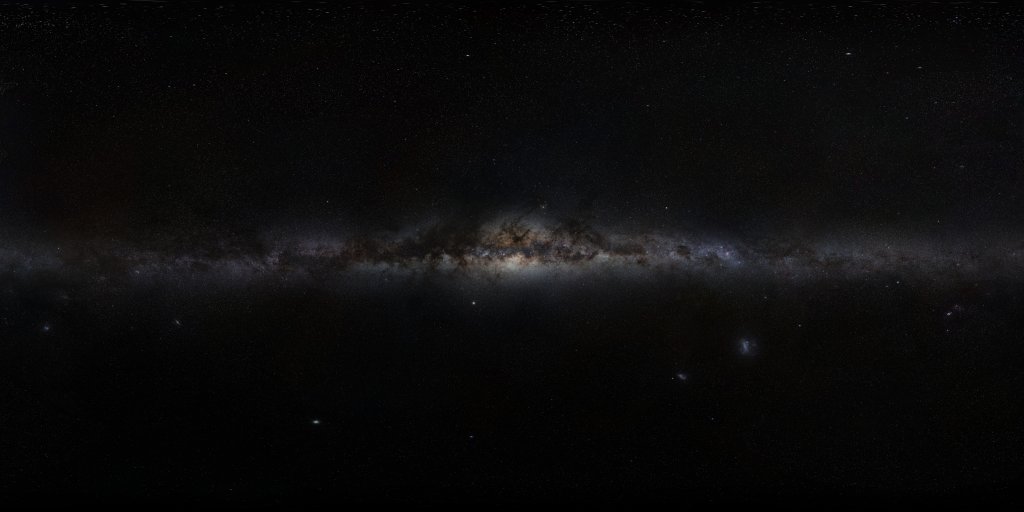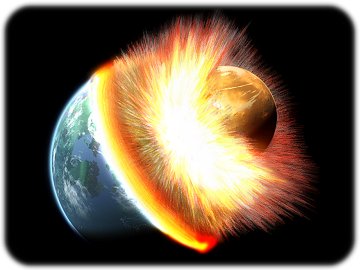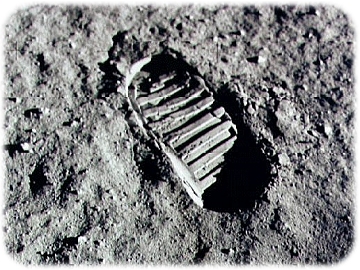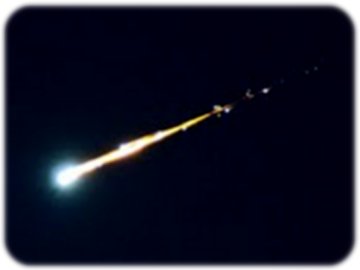

|
Extraterrestrial History
|
||||
 |
Northwest Africa 5000 (NWA 5000) was originally part of the Moon. In order to comprehend the history of this lunar meteorite, we must first understand the origin of our nearest celestial neighbor. "NWA 5000 is very ancient and much older |
|||
|
collision, ejecting material from itself as well as Earth into space. The fragments from this event were trapped by
the Earth�s gravity, orbiting initially as a large array of debris. Through a
gravitational process called accretion, some of the pieces were brought back together to form the Moon, and the rest were re-accreted to Earth. We know from remote observation and the Luna/Apollo missions that there are two main classes of rocks from the Moon. The first type is referred to as "mare" (meaning "sea"), pertaining to the darker areas of the Moon mainly composed of ancient (3.0 to 3.8 billion year old) basalt lava flows. The second type referred to as "highlands" pertains to the lighter colored areas of the Moon mainly composed of feldspar-rich anorthosite rocks. NWA 5000 is a unique highlands- |
 |
|||
|
monomict gabbroic breccia (meaning a type of rock
mainly made of related fragments of
gabbro). The Moon is believed to be about 4.5 billion years
old and for about 600 million years during its early history was bombarded by pieces left over from formation of
the planets. Impactors continued to strike the Moon at a decreasing rate, creating the
heavily cratered surface of the lunar crust. During this time, melting of the deeper lunar mantle
produced fluid basalt magma that erupted into the larger impact basins producing the dark areas of the the lunar surface ("maria").
Knowing this history of the Moon, we can infer that NWA 5000 is very ancient, and much older than most known Earth rocks.
"NWA 5000 then dropped to Earth only under the influence of gravity about 1,000 years ago, landing in the rocky desert of the Western Sahara to await its discovery in 2007." |
||||
|
The next period of NWA 5000�s existence was relatively quiet until a massive impact event
occurring around 3.2 billion years ago created a giant melt sheet of a type of rock referred to as
gabbro. The impacting body left exotic material in this Lunaite, solving the mystery of why there is
metal embedded in the gabbro clasts, (something that was never observed before NWA 5000 was studied.)
Another asteroid impact around 600 million years ago was mostly responsible for producing its
distinctive brecciated matrix as well as bringing this rock to the surface of the
Moon. This is where it was exposed to the solar wind, which implanted hydrogen-rich gas bubbles into the
matrix. Then another impact event ejected this rock from the Moon and created the cross-cutting, thin glass
veins. According to ongoing studies, this happened around two thousand years ago. |
||||
 |
After floating around in space for millennia, NWA 5000 intercepted the Earth�s orbit and was pulled
in by its gravity. At first it was probably the size of a basketball. When it hit the Earth�s
atmosphere at cosmic velocity (an estimated 11-30 kilometers per second) the surface began to heat
up. As it heated up, it gave off light, making it a meteor or "fireball". At this point, material
began to ablate from its surface and spalled off as a glowing trail of ionized gas and dust. During
this entry phase into the atmosphere it lost about half of its mass, becoming the size of a bowling ball. Eventually the Earth�s atmosphere, acting as a brake, slowed it down to about 300 kilometers per hour at about 12 � 16 kilometers altitude, arresting the ablation process. Most meteoroids do not survive this part of the trip, and thus never |
|||
| become meteorites. NWA 5000 then dropped to Earth only under the influence of gravity about 1,000 years ago, landing in the rocky desert of the Western Sahara to await its discovery in 2007. | ||||